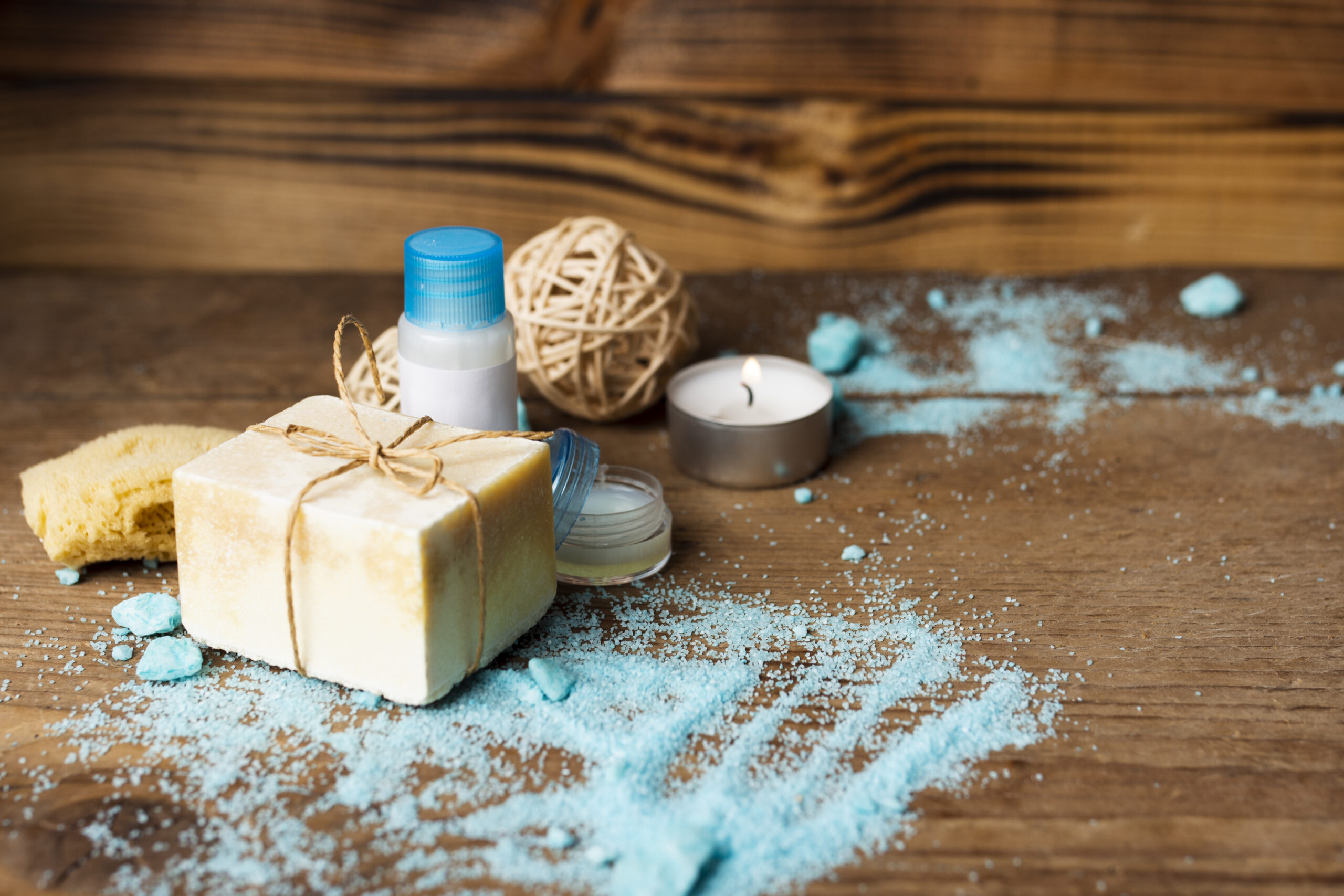Introduction to Soap Making
Soap making is more than just creating a cleansing product—it’s a creative and rewarding craft that allows you to personalize scents, ingredients, and shapes while avoiding the harsh chemicals found in many commercial soaps. Whether you’re a beginner or a seasoned DIY enthusiast, making your own soap at home can be both therapeutic and practical.
Why Make Your Own Soap?
Homemade soap offers complete control over what goes on your skin. You can choose natural oils, butters, and essential oils tailored to your skin’s needs, avoiding synthetic fragrances, parabens, and sulfates. It’s also environmentally friendly—less packaging waste, fewer pollutants, and the chance to incorporate organic or sustainable ingredients.
The Basic Ingredients in Soap Making
Soap is made through a chemical process called saponification, which occurs when oils or fats react with lye (sodium hydroxide). The basic ingredients include:
- Oils/Fats: Such as olive oil, coconut oil, shea butter, or palm oil.
- Lye: A necessary ingredient to create the soap base.
- Liquids: Distilled water is commonly used, but some recipes use herbal teas or goat milk.
- Additives: Essential oils, herbs, colorants, or exfoliants (like oatmeal or coffee grounds).
Different Methods of Soap Making
There are several ways to make soap, each with its pros and cons:
- Cold Process: The most traditional method, allowing full customization. It involves mixing lye with oils and allowing the soap to cure for 4–6 weeks.
- Hot Process: Similar to cold process but involves cooking the soap, speeding up saponification. Curing time is shorter.
- Melt and Pour: Ideal for beginners, this method involves melting pre-made soap bases and adding your own scents or colors. No lye handling required.
- Rebatching: Grating and re-melting existing soap to modify or improve it—great for reusing scraps or correcting mistakes.
Tips for Successful Soap Making
- Always use safety gear: Gloves, goggles, and long sleeves are essential when working with lye.
- Measure accurately: Soap making is part science, so precise measurements are critical.
- Use a reliable recipe: Especially if you’re new, follow tested formulas from trusted sources.
- Be patient: Especially with cold process soap, curing is necessary for a safe and long-lasting bar.
Creative Possibilities
Soap making is a canvas for creativity. You can design layers, swirls, and embed dried flowers or herbs. Using natural colorants like turmeric, spirulina, or cocoa powder adds a unique touch. Fragrance blends let you create your signature scent, whether it’s calming lavender, invigorating citrus, or earthy patchouli.
Conclusion: A Satisfying, Sustainable Hobby
Soap making is a fulfilling craft that combines science, artistry, and practicality. Whether you’re crafting gifts, starting a small business, or just indulging in a new hobby, the process of making soap from scratch is both relaxing and empowering. Plus, there’s nothing like using (or gifting) a bar of beautiful, handmade soap created with care.




